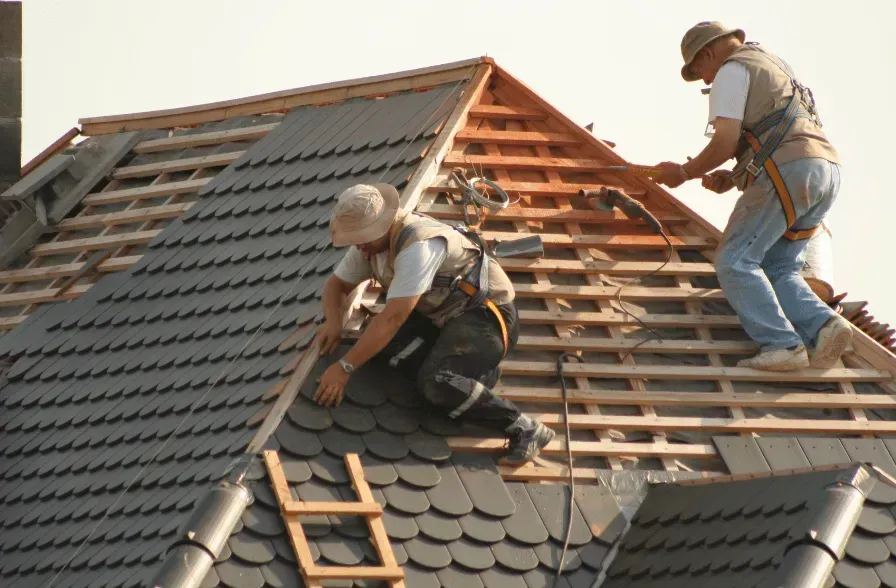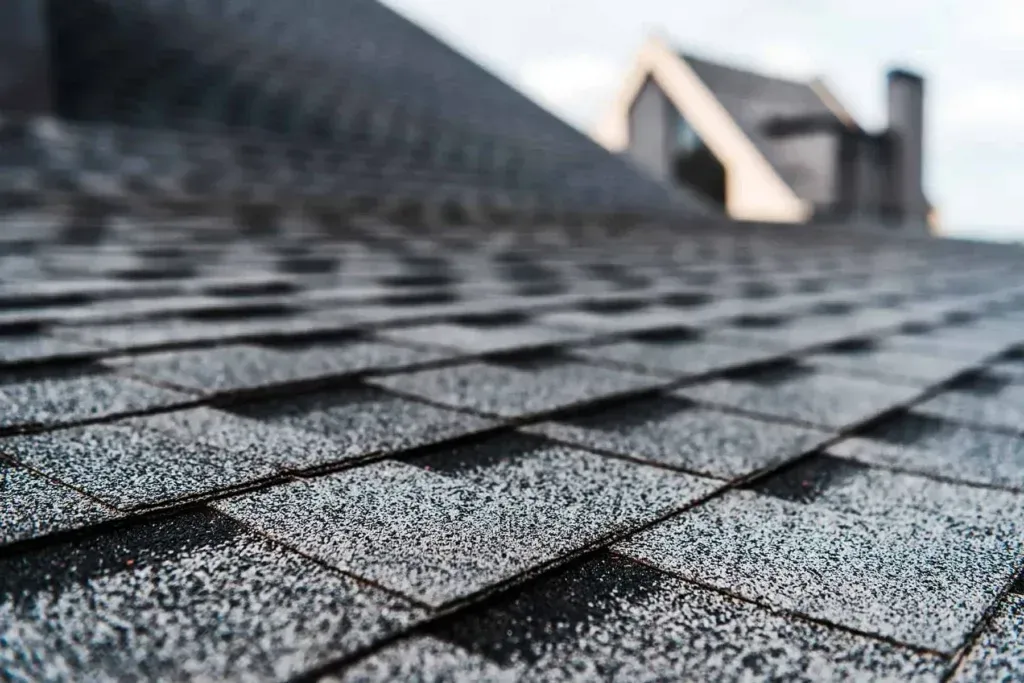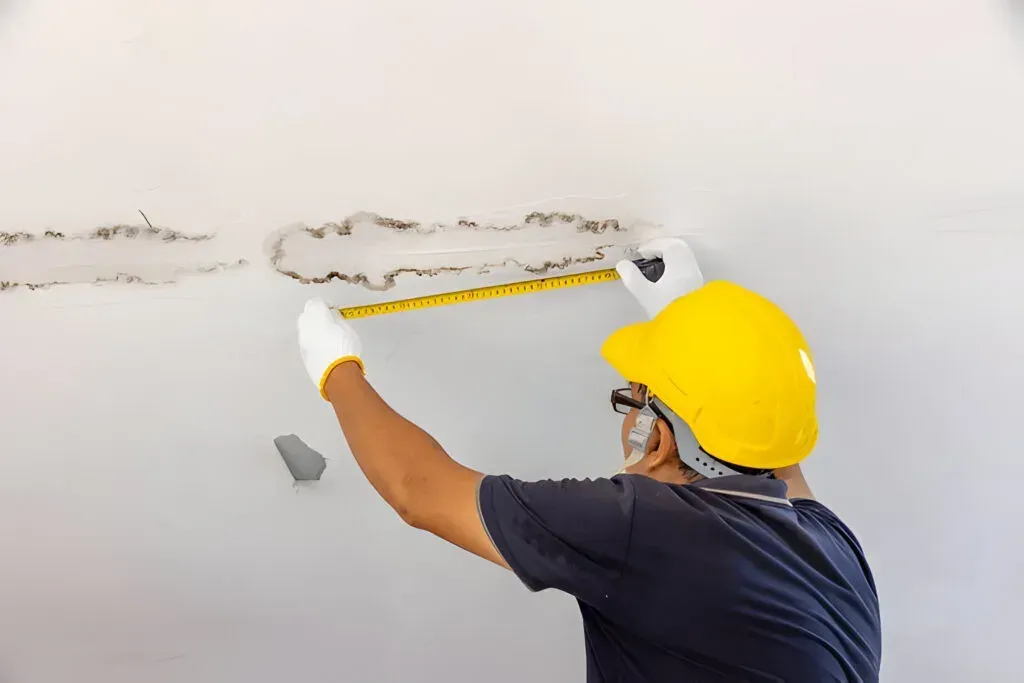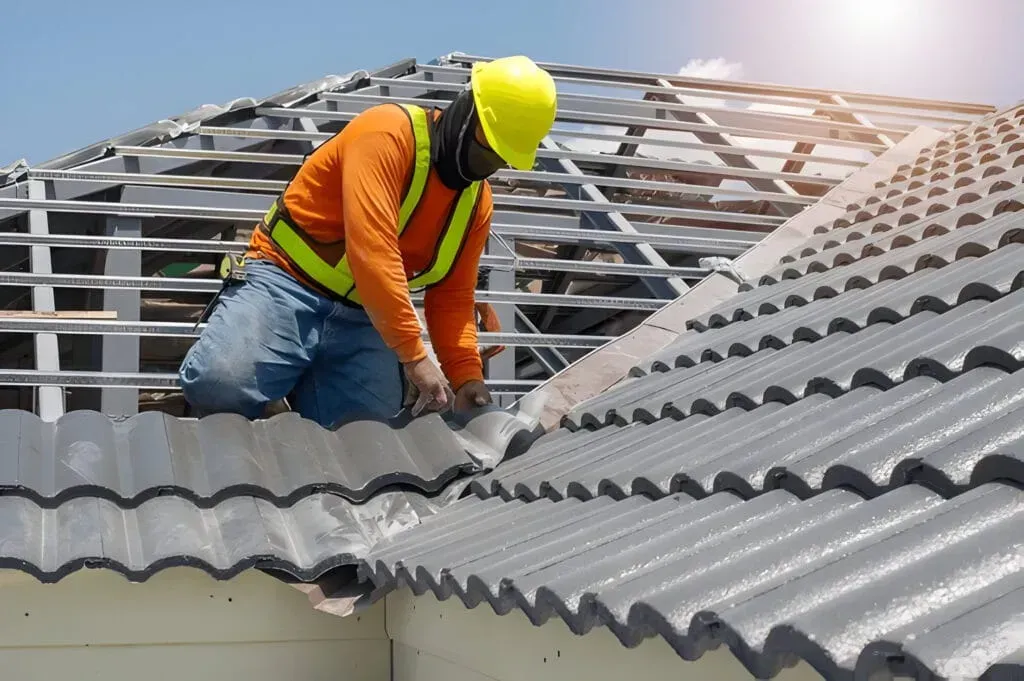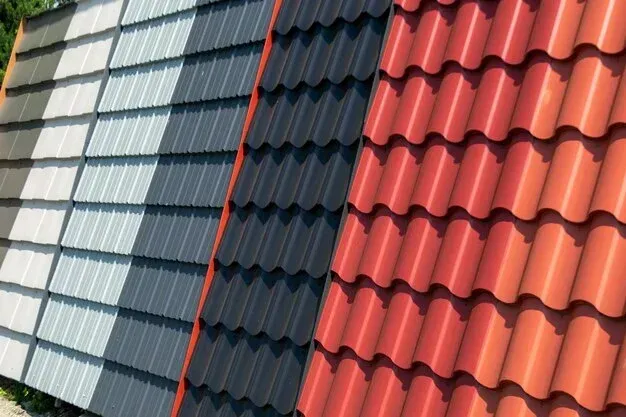How Roof Color Affects Your Home’s Temperature and Energy Bills
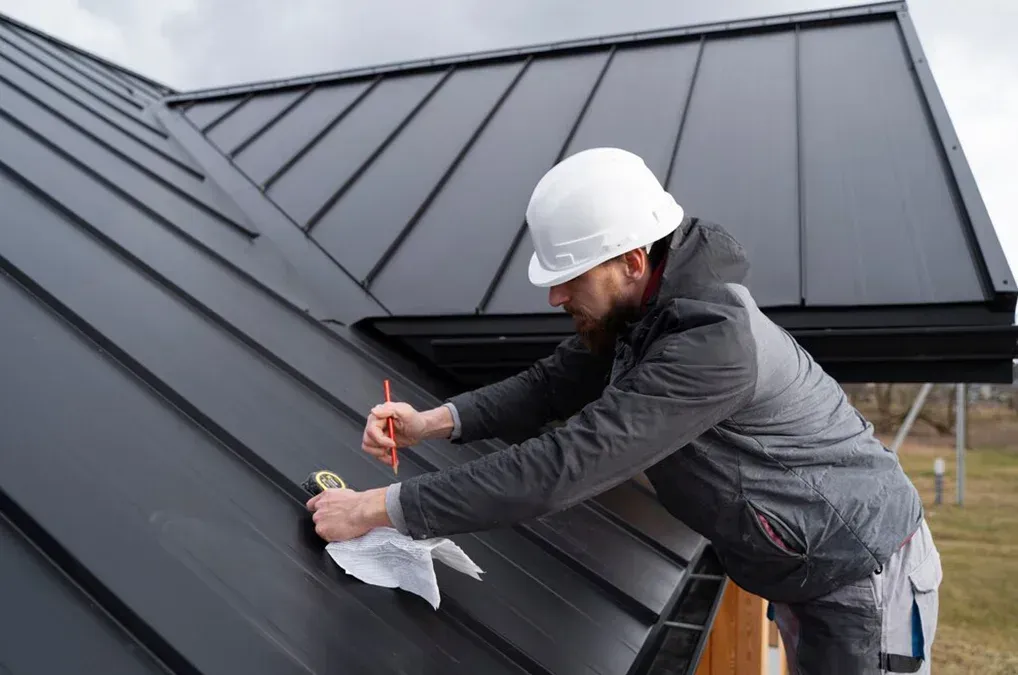
Is Your Roof Costing You More Than It Should?
Homeowners mostly focus on insulation materials, upgrading windows, and HVAC system maintenance to maintain comfortable, energy-efficient homes. But do you know your roof color and home energy savings are closely linked to each other?
The solar reflection capability of a home depends on roof color, which determines the heat absorption of the building structure, thus influencing utility bill costs. Learning about roof colors and their impact on home energy efficiency benefits should be critical when deciding between new
roofing installations or home energy management improvements because it helps you select better options for your residence.
How Roof Color Impacts Home Temperature
Roof colors determine temperature levels because dark colors absorb most solar heat while light colors return light energy into the atmosphere. Solar reflectance brings about a change to internal temperatures and HVAC system performance.
- Dark Roofs: Hot thermal conditions arise from dark roofs that absorb more sunlight and generate heat that accumulates on upper floors and in attic spaces. This results in higher cooling expenses in warmer climates.
- Light Roofs: Light-colored roofs function as reflectors of sunlight that decreases outside temperatures around homes to reduce air conditioning needs.
- Reflective Roofing Materials: Reflective roofing materials provide heat reflection benefits that raise energy efficiency in different climatic environments.
The Science Behind Roof Colors and Cooling Costs
Black and dark-colored roofs will heat up between 150-190°F under hot summer conditions, whereas white or light-colored roofs only reach 110-120°F. Roof color and home energy savings go hand in hand. The difference in roof color generates 20-40% lower cooling expenses linked to heat in hotter regions.
The Lawrence Berkeley National Laboratory confirmed that installing roofs with high solar reflectance properties leads to a possible 20% reduction in air conditioning requirements. Homeowners benefit from major energy conservation and an improved, comfortable home environment.
Best Roof Colors for Energy Efficiency
The best roof color depends on the regional climate type. Different climate areas have different optimal roof color selection criteria. Let’s break down what works best for various regions;

Cool Roof Technologies for Lower Bills
- Advanced roofing materials now enable residents to conserve energy and present an attractive appearance to their properties. Some options include:
- Cool Roof Coatings: Acts as reflective paint and coatings to increase the solar reflectance of existing roofs.
- Energy-Efficient Shingles: The implementation of Energy-Efficient Shingles contains special granules that boost reflective capabilities.
- Metal Roofing with Reflective Finishes: A reflective metal roof represents one of the most effective solutions for minimizing heat absorption levels.
- Tile and Slate Roofs: Naturally reflective and great for hot climates.
- Roof color and home energy savings play a crucial role in maintaining a comfortable home while reducing heating and cooling expenses.
Comparing Light vs. Dark Roof Colors on Energy Costs
Let’s take a look at how different roof colors impact energy bills:
Cooling Costs: Light vs. Dark Roofs
- Roofs with dark surfaces absorb intensified heat, which increases cooling expenses.
- The monthly cooling expenses for homes equipped with dark roofs reach $300 at locations with hot climates.
- The energy costs of a house would reach $180 per month when it has a light-colored roof instead of a dark-colored roof, which results in 40% lower expenses.
Heating Costs: Dark vs. Light Roofs
- Applying dark roof materials helps maintain heat control, which creates minor savings in heating expenses during winter months.
- Properties located in frigid areas may encounter reduced heating expenditures up to 10-15% by using dark roof surfaces.
- The reduced electricity costs of utilizing dark roofs during winter usually fail to justify their elevated heating expenses during summer.
Roofs with lighter color tones bring higher energy savings in warm temperatures. The climate’s yearly conditions determine total energy expenses regardless of the roof color used.
Impact of Roof Color on Climate Control
- Your roof serves as a main indoor temperature controller while decreasing the HVAC workload, eventually lowering energy expenses. Roof colors impact climate control during every season as follows:
- Summer: During summers, light-colored roof surfaces actively block additional heat, thus maintaining a lower household temperature and reducing cooling expenses.
- Winter: During winter, dark roofs excel at heating your property and decreasing your heating bills.
- Year-Round Savings: When installed on buildings, the best outcome occurs when reflective materials reduce heat absorption in hot months and provide proper warmth during winter.
Energy-Saving Roof Color Options for Every Homeowner
If you’re planning a new roof installation or considering a replacement, here are some energy-efficient roofing choices:
- White or Cool-Toned Shingles – Best for hot climates
- Light Gray or Earth-Toned Roofs – Great for moderate temperatures
- Dark-Colored Roofs with High Reflectivity – Ideal for cold climates
- Metal Roofing with Reflective Coatings – Long-lasting and energy-efficient
- Tile Roofs with Light Finishes – Naturally cool and durable
Ready to Make the Smart Choice for Your Roof?
Home energy efficiency depends significantly on the selection of roof color. Choosing an appropriate roof color leads to important changes in energy consumption, climate control and modern technological achievements in roofing installations.
The roofing service from Gotcha Covered Roofing provides roof replacement and reduced energy expenses. Contact us right now to receive a cost-free assessment, and our experts will assist you in selecting an ideal roofing solution for your household.
Smart Roof, Smart Savings, Smart Choice!
Latest Posts
Share this post in

